Starting a perennial garden this summer? If so, you’ve made a smart choice. Growing perennials is wise because you won’t have to replant each year, which will save you both time and money.
However, it’s not all sunshine and roses. There are some very common mistakes you might find yourself making as you grow your perennial garden.If you’re new to the hobby, make sure you avoid these top perennial gardening mistakes.
Top 17 Perennial Gardening Mistakes
1. Failing to Plan Your Garden
Make sure you take the time to plan out your garden ahead of time. You want to make sure your plants are in the right place, both for their growing needs as well as for ease of long term maintenance. Consider every plant’s soil, moisture, and light preferences before you plant.
And don’t assume that all perennials are alike! While some like to be grown in quick-draining, sandy soil, others like to stay a bit weaker throughout the day.
You also need to consider how easy it will be for you to tend to those plants in the future. While your perennial planting might make sense now, how does it fare for the long term?
Is your garden located in a spot where you will be able to get to your plants easily to weed, prune, and fertilize? Are the plants going to be in the way of a future building project that you intend to start next year?
All of these factors matter, so be sure to consider them when you’re planning out your perennial garden.
2. Ignoring Your Growing Zone

Sure, those camellias are beautiful - but will your climate be warm enough to meet their needs? You need to make sure you consider the unique growing needs of your plants and match them to your growing zone.
Each perennial - and each plant, for that matter - has a hardiness zone range that speeds on the lowest temperatures that various parts of the country experience on average.
Choose plants that thrive in your particular zone, based on the USDA Hardiness Zone map. Otherwise, you risk wasting your money on plants that just won’t make it.
3. Failing to Maintain Your Plants
Tending a garden is hard work - there’s no way around that! However, if you really want to grow a garden that will last a lifetime, you need to take good care of your plants.
Most perennials are beneficial for gardeners in that aspect in that they tend to be low-maintenance. However, that’s not always the case. You are going to need to water and mulch your plants on a regular basis. You will also need to weed!
Don’t forget things like fertilizing and deadheading, too. Deadheading is the process of removing spent blossoms to encourage plants to funnel their energy into root development and flower production later in the season.
You may even need to divide your perennials. This will not only reinvigorate them but can help spread the wealth to other corners of your garden. Try to divide your perennials once every three years or so.
4. Not Planning Ahead for Unending Color
A colorful summertime garden is great, but what’s going to happen when the dog days of summer have ended? Trust us, you don’t want to be left staring at a brown abyss of dead plants.
Instead, consider how your garden will look throughout the seasons. Start with early color by planting early-blooming flowers like trillium and hellebore, then add a few plants to extend the color into fall, like Russian sage and black-eyed Susans.
5. Mulching Mistakes
Ever heard of a mulch volcano? Although it’s a fun term to say, it’s not something you should aspire toward in your garden.
A mulch volcano occurs when you mound mulch up around the stem and base of your plant. When you mulch like this, it makes it difficult for water and nutrients to remain where they are needed most - in the plant’s roots.
Instead, you need to mulch about two or three inches away from the crown or growing point of every plant. Mulch any closer than that, and you risk the spread of disease (or you could suffocate your plant).
Remember, mulch breaks down over time (unless you’re using an inorganic mulch, like rock or plastic) so you will need to re mulch every year.
Apply a thick layer of mulch in the fall as insulation, to protect against harsh winter weather or mulch first thing in the spring to suppress weeds and hold in moisture.
6. Poor Staking
Tall perennials need some help to stand nice and tall. For example, peonies and delphiniums both have long, narrow stems that will flop over once they start to bloom. If you really want to make the most of your perennial garden, you will want to stake these plants early in the growing season
If staking isn’t something you want to do, select compact varieties so you won’t need to add any supports.
7. Planting Too Close Together
You might love the look of perennials that are planted in dense clusters - who wouldn’t love such a vibrant display of color? - but unfortunately, all you are doing is encouraging disease. Don’t crowd your perennials when you plant - remember, they’re only going to grow.
It might be tough for you to envision now, but a young perennial in a four-inch pot will easily grow to cover several feet in just a few years. When you add new plants, therefore, it’s important that you consider both the height and width you expect them to reach.
Choose your plants and their ultimate planting locations based on their estimated full size in relation to pathways, structures, and of course, other plants. Perennials grow slowly in the first and second year, but by the third year, they should reach their full size.
8. Not Attracting Pollinators
One of the best things you can do when growing a perennial garden is to p[lant to attract pollinators. After all, most plants need to be pollinated to produce seeds and fruits! Although some plants are self-pollinating, many need creatures like butterflies, wasps, beetles, bees, and flies to carry pollen among them.
To make things easier on these winged helpers, plant a variety of pollinator-friendly plants in your perennial garden. You don’t have to do so begrudgingly, either - many add beautiful color and interest to the landscape, such as bee balm and lavender.
9. Getting Too Hung Up on “Rows”
Planting in a too-orderly fashion can not only make your perennial garden look boring, but it can make it look downright odd, too.
Be careful about planting a “monoculture” of plants. Not only does it present the odd aesthetic mentioned above, but it can also encourage pests and diseases. After all, if a pest arrives on your property that prefers arborvitae, it will decimate the entire row of plants - instead of just one or two planted here or there.
Instead, plant shrubs and trees in staggered rows or clusters of various kinds of plants. Not only will it add more interest to the landscape, but it can create a more beneficial habitat for the creatures you do want around, like birds, insects, and other animals.
10. Planting Too Deep - or Not Deep Enough
Depth is important when you’re planting plants of any kind, but especially for perennials. When you plant perennials, you’re committing them to a lifetime in your garden - and if you plant too deep or not deep enough, you aren’t setting your plants off on the right foot.
Dig your hole about three times as wide as the container but only plant it at the level it was in when it was in the pot. You can also put it an inch or so above ground level if you plan to mulch.
11. Ignoring the Plant’s Full Potential Size
Check the labels on your plants before you put them in the ground! Your tiny shrub or tree might only start at ten or twelve inches, but it could grow rapidly to several feet in height and width! Make sure you heed the mature size of your plant, or you’ll find yourself having to move and relocate plants in the future.
12. Failing to Deadhead and Weed
We mentioned this earlier, but it bears repeating - make sure you weed and deadhead your plants.
Some people tend to skip deadheading, but it’s important that you don’t do this if you want your plants to thrive. If you really find deadheading to be a chore, know that there are some cultivars of certain perennials that don’t need to be deadheaded - plant those instead.
Otherwise, add deadheading to your list of weekend gardening chores. This will not only encourage new growth but it will make your plants look tidy, too.
The same goes for weddings. Left unchecked, weeds will make your perennial garden appear messy - and they'll compete for light, water, and nutrients, too.
Mulch can help to suppress weeds in the long term, but in the short-term, you may have to resort to some good old fashioned pulling - and elbow grease!
13. Going Big
It’s okay to have lofty aspirations when it comes to your garden - but try not to go too big in your first year or two of gardening. You need to be patient and build your perennial garden up over time.
Purchase plants as small as possible, because they’ll be much less expensive. Some perennials, for example, can be purchased in six-inch cell packs. They might seem puny at first, but they’ll catch up in no time. If you’re a skilled gardener, you may even be able to plant some of your perennials from seed.
14. Getting Flower Fever
Flowers are lovely to look at, but a garden that relies solely on petals will fall flat when the last bloom dies back. Instead, consider growing a few plants that have attractive foliage. You can find everything, from variegated to colored and even-textured foliage.
15. Wasting Water
Sure, watering all of your plants by hand is not ideal. However, you need to pay attention to the unique watering requirements of each of your plants. Consider installing a drip irrigation system to make sure the watering needs of each of your plants is met.
16. Improper Pruning
Be careful about how you prune your plants. While pruning is necessary for a large array of perennials, you need to be mindful of your technique.For example, remember that some flowering shrubs bloom on new wood (this year’s growth) while others bloom on old wood (last year’s growth). Prune too soon, and you could be cutting off fresh blooms.
Be patient and make sure you understand your plants’ unique growing habits so you don’t over- or under-prune.
17. Neglecting Soil Quality
Soil should not be secondary - it should be a primary concern when you are growing your perennial garden. It is perhaps even more important than the kinds of plants you decide to grow! Sure, it’s not as fun to pick out bags of compost and peat moss. However, it’s essential. Spend some time to test, amend, and build your soil, and never stop improving. Believe it or not, your soil quality can become depleted over time.
To give your perennials the best chance at survival, you need to make sure your soil has the proper nutrients, water retention, and drainage. This should be done before you even think about planting your first perennial!
One more rookie mistake? Adding potting soil to the planting hole. In the past, this was recommended - adding peat moss or potting soil was considered a good way to encourage the health of your plants.
However, that is no longer the case. It is now believed to cause drainage problems and can encourage the roots of your plants to remain in the hole, rather than spreading out as they should. Your perennials may become weak as a result.
Instead, plant in a hole that’s three times as wide as the plant but only as deep as the container. Backfill only with the soil you removed.
The Biggest Perennial Gardening Mistake? Never Getting Started
Hopefully, this list of the most common perennial gardening mistakes haven't bothered you but instead inspired you on your journey toward becoming a better gardener. Follow these tips and remember - even a garden that is planted with a few mistakes committed here and there is better than one that is never planted at all.
So set your reservations aside, and get out there and plant!



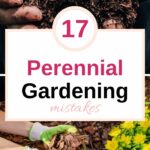

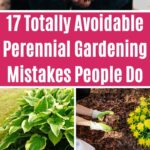
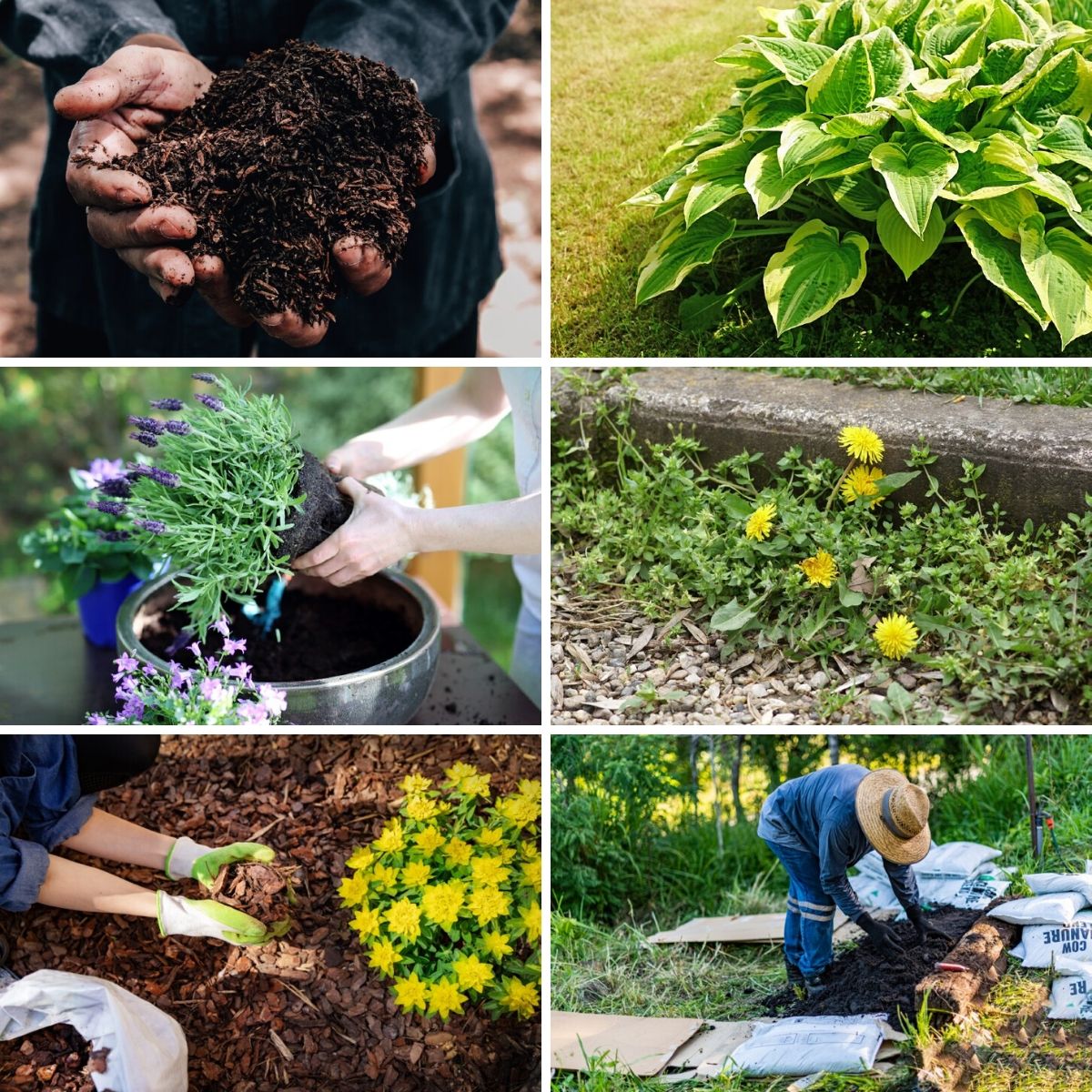
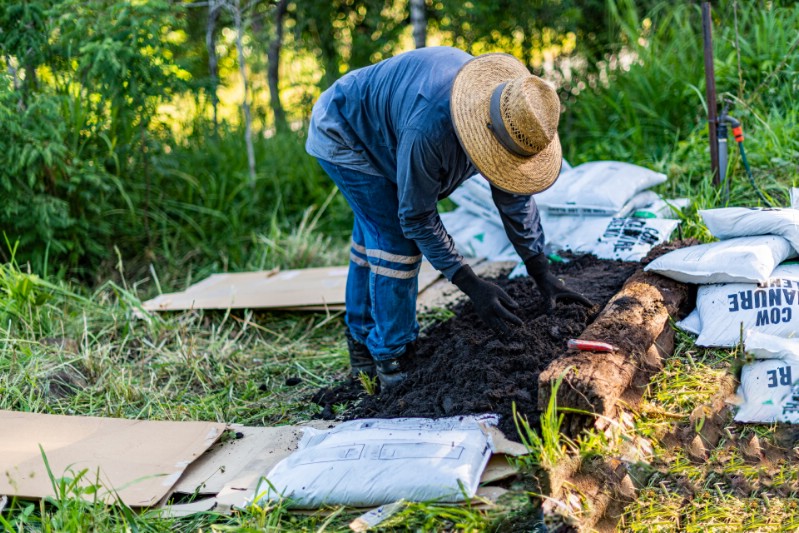
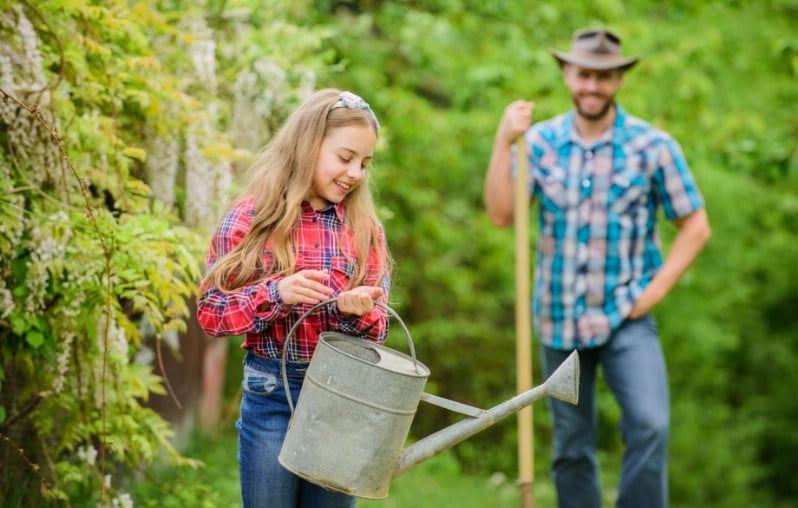
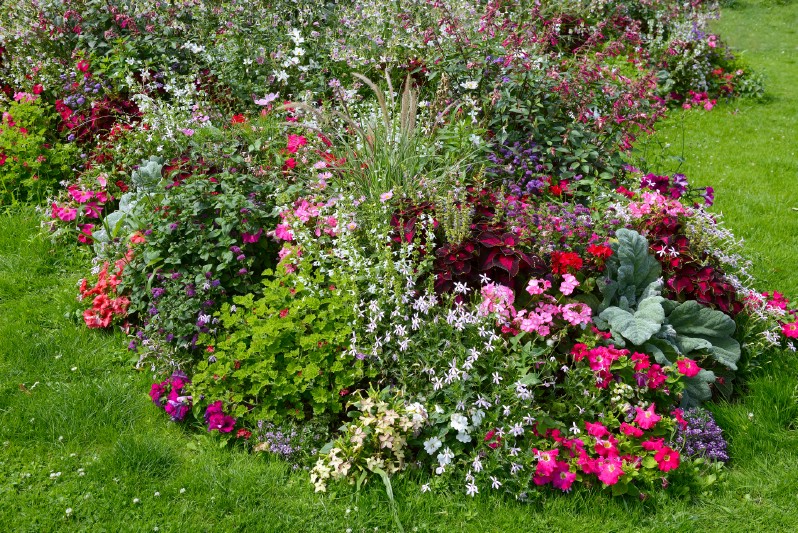
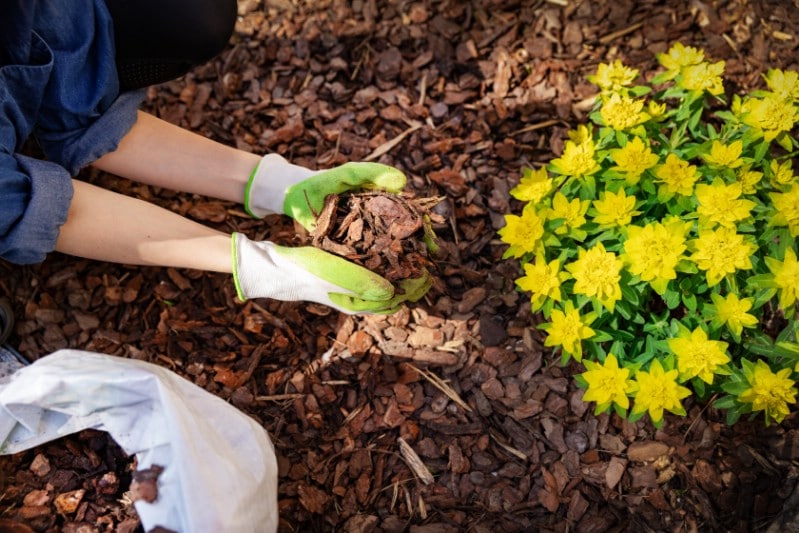
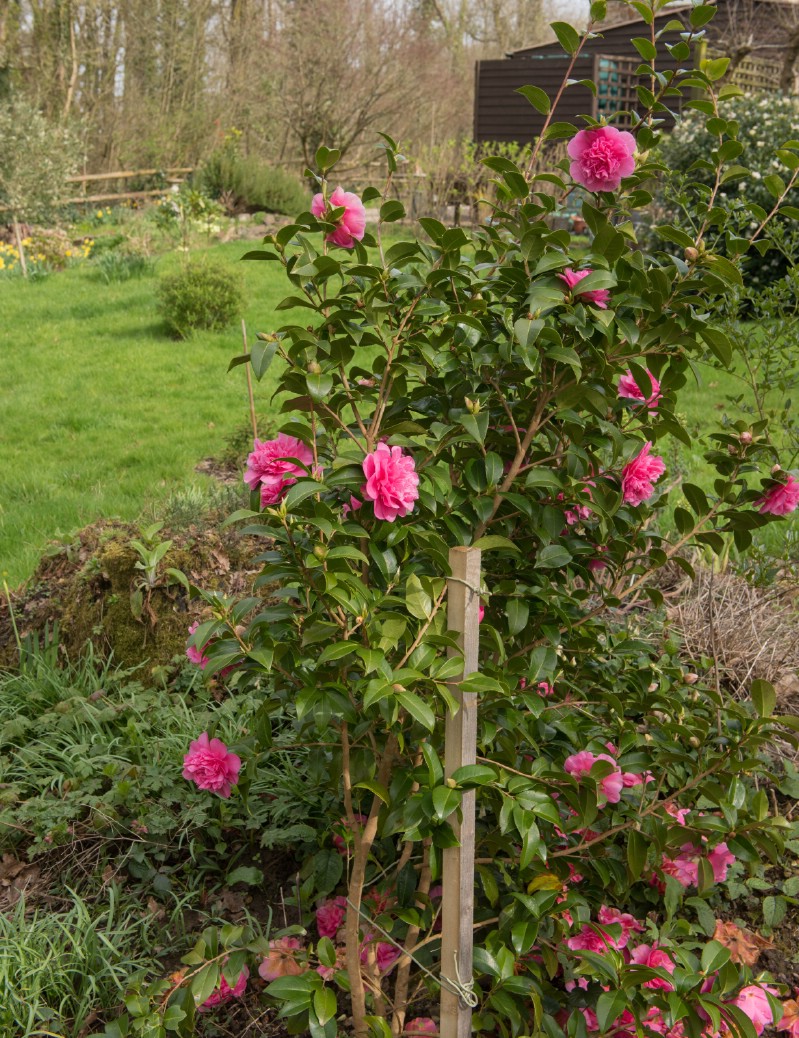
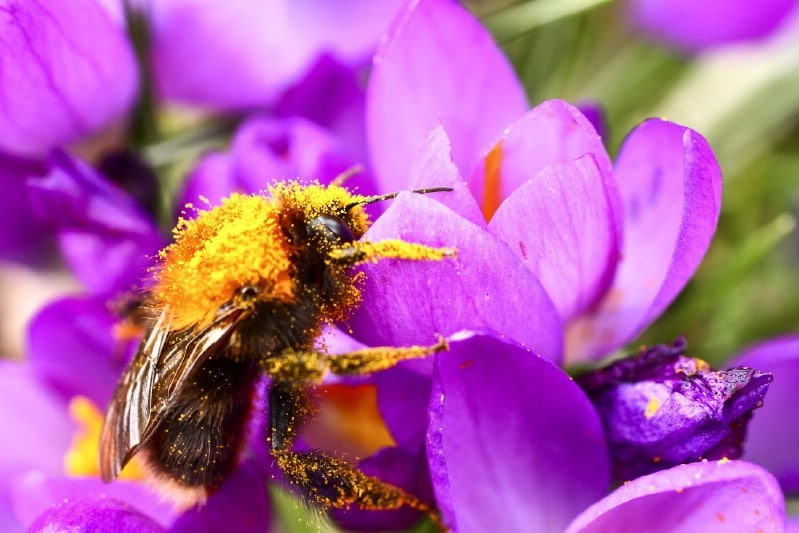
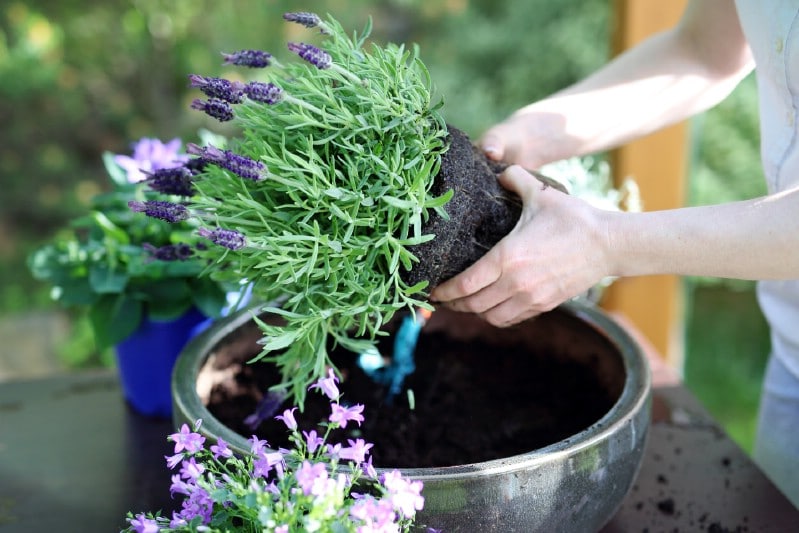
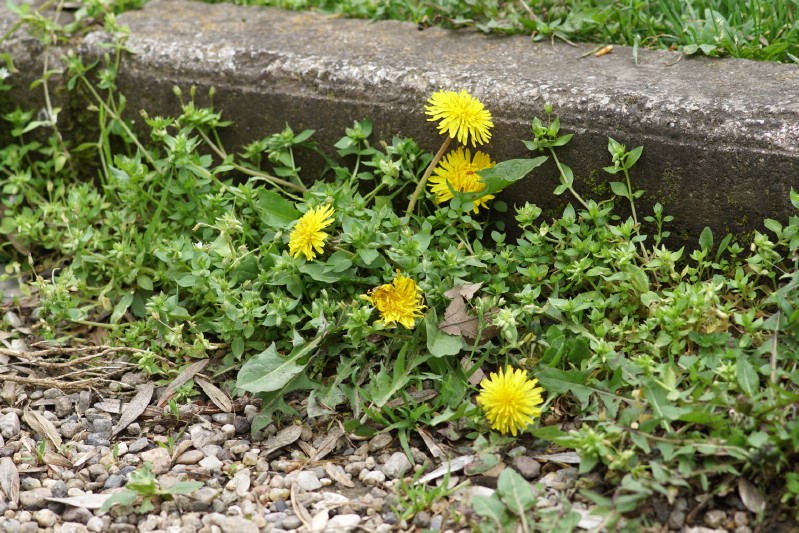
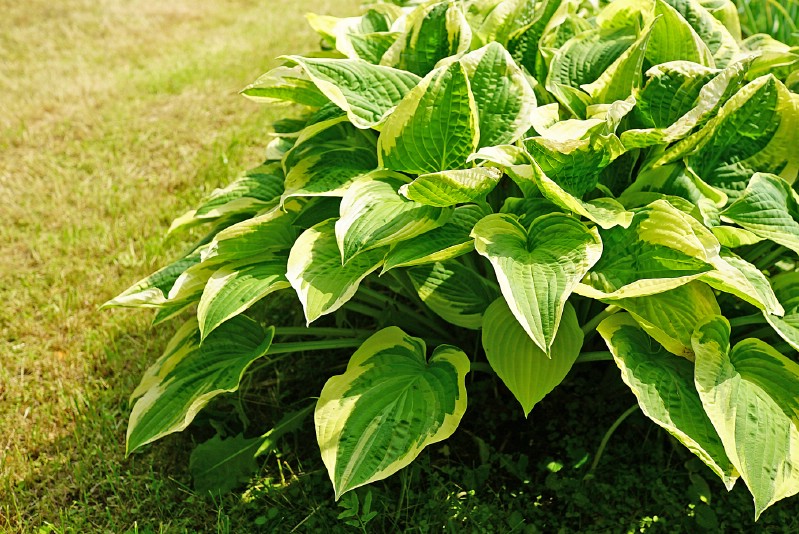
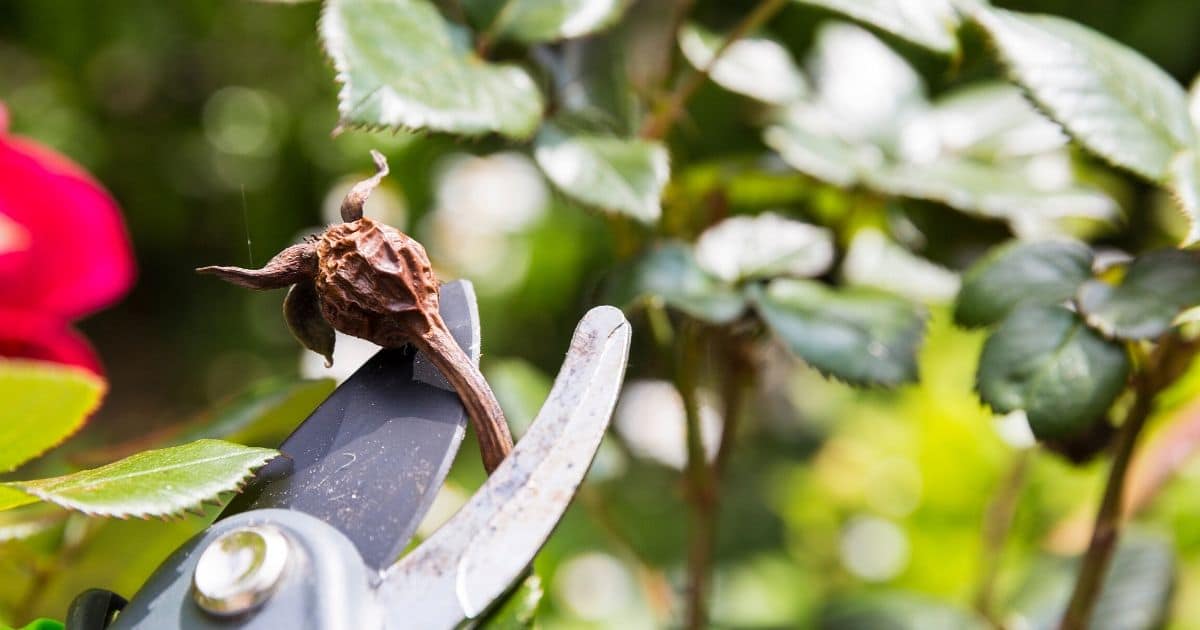
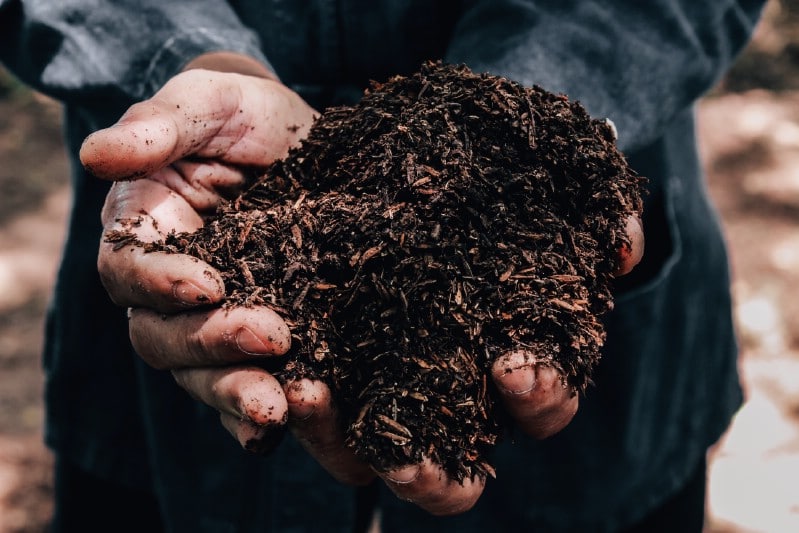

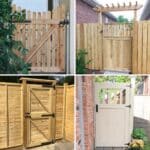
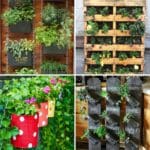

Elizabeth
I found this clear and to the point and have shared it with my Gardening Club Members . . .